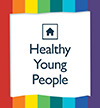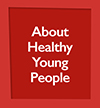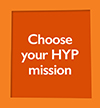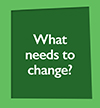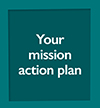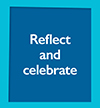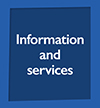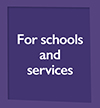What are the facts?
Overview
Now you have chosen your Mission, let’s investigate!
Where can you find out how to be healthy and well?
How do you know if that information is reliable?
What do the experts recommend?
Are people listening? Are they making healthy choices?
How can you use this information to make healthy choices easier for everyone
How do you know if health information is reliable?
Summary:
There are many places to find information about health and wellbeing. Unfortunately, not all sources of information were created equal.
There is a lot of information based on scientific research by experts. But there is also a lot of health information that is based on somebody’s opinion or information designed to sell us something.
How can you spot the health information that is accurate and true?
This activity will get you to think about health literacy. Health literacy is the knowledge and skills needed to find, understand and use information and services to make decisions about health and healthcare.
Instructions:
- Take the Health Literacy Reflection
- Complete the Health Info Challenge to start thinking about how health literacy is important in your life. Log all the sources of health information that you see in 24 hours – this may include what you see on social media, television, print media, posters, brochures or even conversations about health.
- Use the questions in the Evaluating Health Information fact sheet to help decide if the information is reliable.
What are the facts?
Summary:
To complete your Mission and make the healthy choice the easy choice you will need to do your research using reliable sources of information.
Instructions:
- Research your Mission topic and find out:
- What behaviours promote health and wellbeing?
- What behaviours prevent health and wellbeing?
- Are there any Australian guidelines or recommendations?
- What does the data say about the health of Tasmanians and/or Australians?
- Create one or more infographics that show your understanding of the facts about your mission.
- Based on your research, are there any changes you would make to your Health Info Challenge?
- Have you found a source of information that you think is unreliable or dangerous?
- How you could you provide feedback and what would you say?
Discussion Questions:
- Based on your research, are there any changes you would make to your Health Info Challenge?
- Have you found a source of information that you think is unreliable or dangerous?
- How you could you provide feedback and what would you say?
Tips:
- An infographic is a way to present information or data simply and clearly so that other people can quickly understand the important points.
- Make sure your infographic is easy to read and understand.
- See the Tasmanian Department of Health’s physical activity infographics or the World Health Organisation Infographics for examples.
- To give you a head start on your research here is some information prepared or recommended by experts in the Tasmanian Department of Health:
What's happening locally?
Summary:
Look closely at your local community and think about what support is out there to make healthy choices easy.
Are there people in your school who you can talk to? For example, a School Health Nurse.
Are there facilities or equipment that help people make healthy choices? For example, sports grounds or community gardens.
Are there local services that can give people information and support? For example, a health service.
Instructions:
- Create a list of services/supports that are available in your local community
- In the school community
- In the local community
- Online
Discussion Questions:
- Do you think young people use these services or supports?
- Why or why not?
- What services or supports are not available locally?
Tip:
- Use our What’s happening locally template to record your research.


